A couple of days ago I posted visual examples of what various circle of confusion diameters (hereafter called CoCs) looked like at somewhat greater than 100% magnification with the 80 mm f/1.7 Fuji GF lens on the GFX 100S. That was in response to repeated discussion on some fora saying that the DOF calculators don’t work with MF, and that in reality MF has shallower DOF than the DOF calculators say it does. It is a much-repeated logical conclusion from that mindset that DOF equivalence doesn’t work when comparing FF and MF cameras.
I claim that DOF equivalence does indeed work, if you understand its limitations.
The group of people who argue the special shallowness of MF DOF are in general unconvinced by geometrical optics and quantitative testing, so, in hope of shedding some light on this issue, I’ll present the results of a visual test using the same subject matter as the earlier post. The 80 mm lens I used in that post is equivalent by picture height to a 58.2 mm lens on a 24x36mm (FF) camera. I used the 55 mm Otus f/1.4 for this test. In order top get equivalent f stops, I should open up the FF lens by 0.92 stops. I used a one-stop difference.
The setup for the Fuji GFX 100S images is in the previous post. Here’s the setup for the FF ones:
Test conditions:
- RRS carbon fiber legs
- C1 head
- Target distance 101 and 55 meters
- ISO 100
- Electronic shutter
- 2-second self timer
- f/1.4 through f/8
- Focused at taking aperture from f/1.4 until f/4, the focusing at f/4
- Shutter speed changed to approximate same exposure
- Develop in Lightroom 10.2
- Sharpening amount 20, radius 1, detail 25
- Daylight white balance
- Same minor exposure adjustment
- Rest of settings at default
The scene I chose has two trees in it. The far one, where I focused, is 101 meters away. The near one is 55 meters distant. The near tree will show varying amounts of blur as the CoC changes.
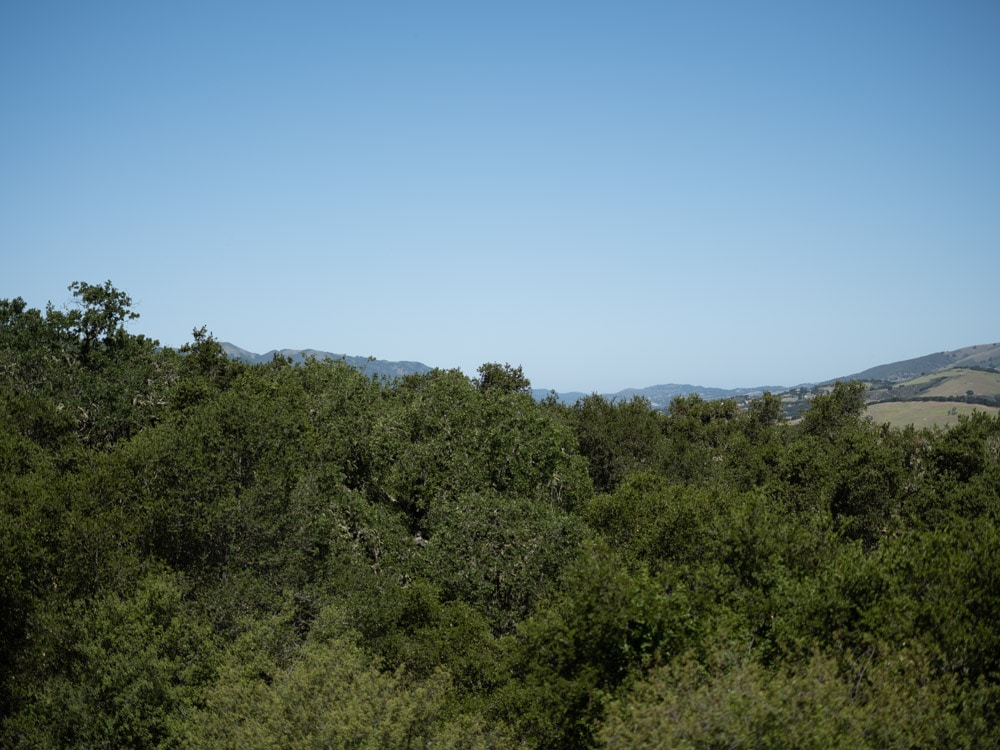
Here are the images from the two cameras with a 18 micrometer (um) CoC with the same angle of view:
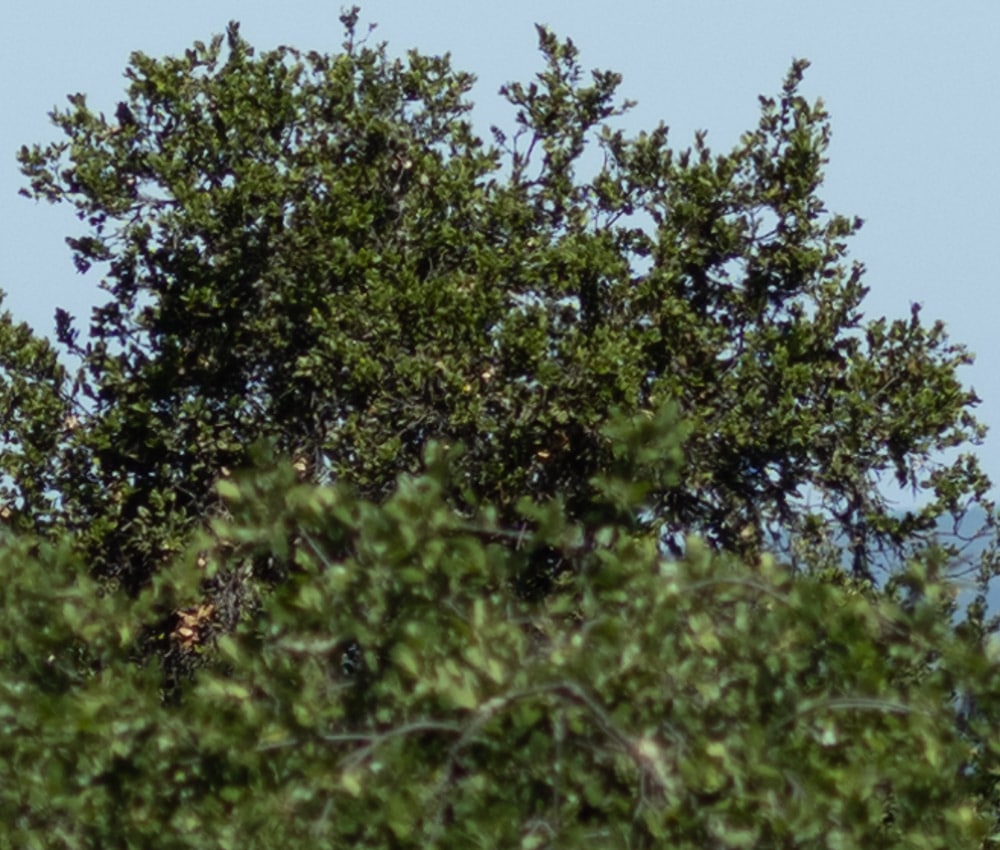
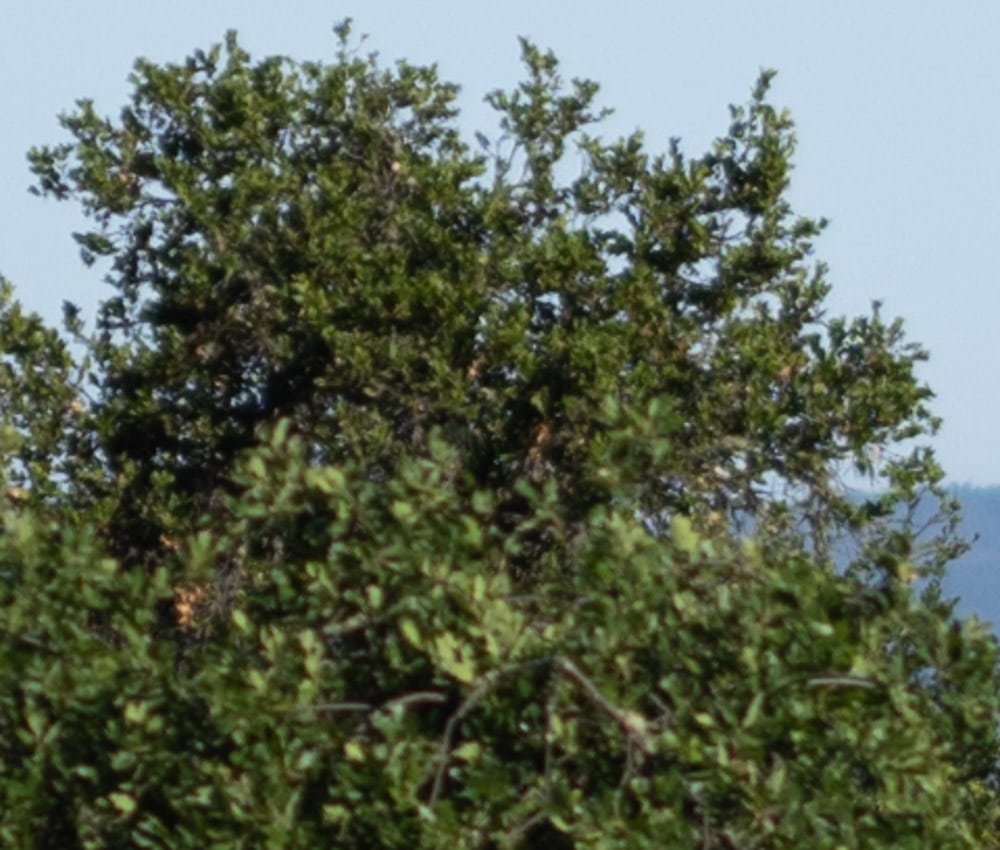
The GFX image is magnified by about 125%, and the Sony one by 37.5% more than that to compensate for the image height differences between the two cameras.
The in-focus parts of the GFX image are sharper. That’s because the sensor on the GFX 100S has more pixels than the one on the a7RIV. That makes the contrast between the OOF parts of the image and the in-focus ones seem greater.
Stopping down a stop, which gives an 18 um CoC by the DOF calculator:
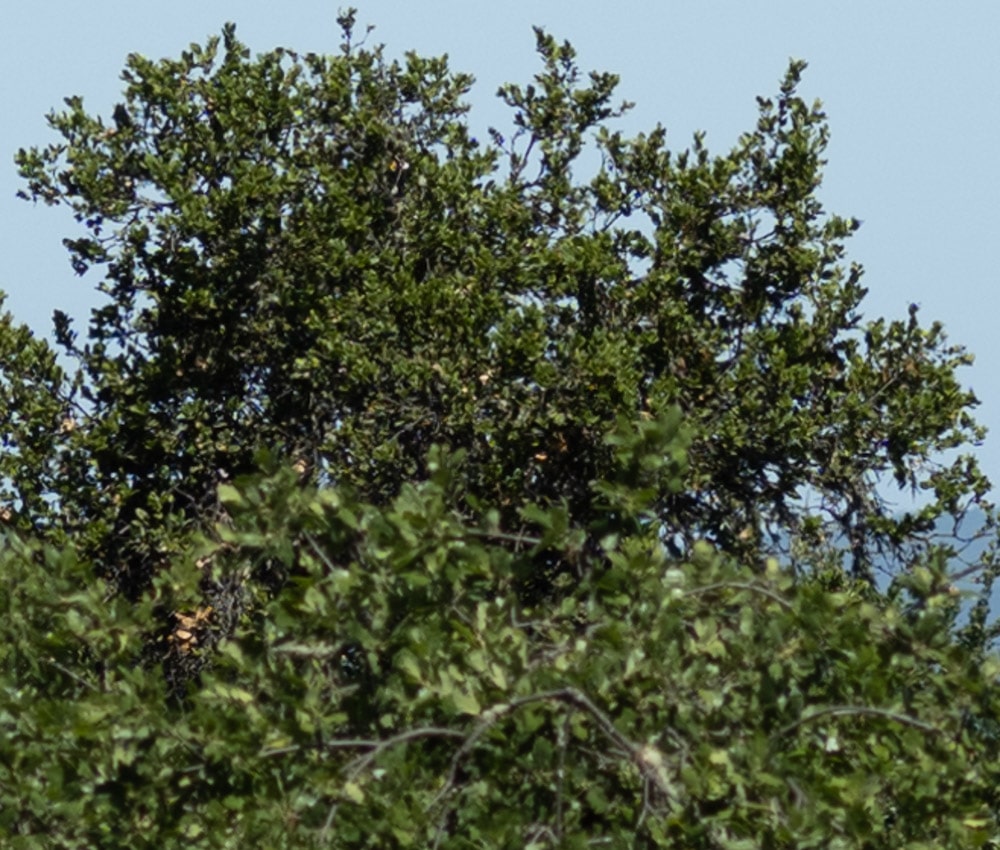
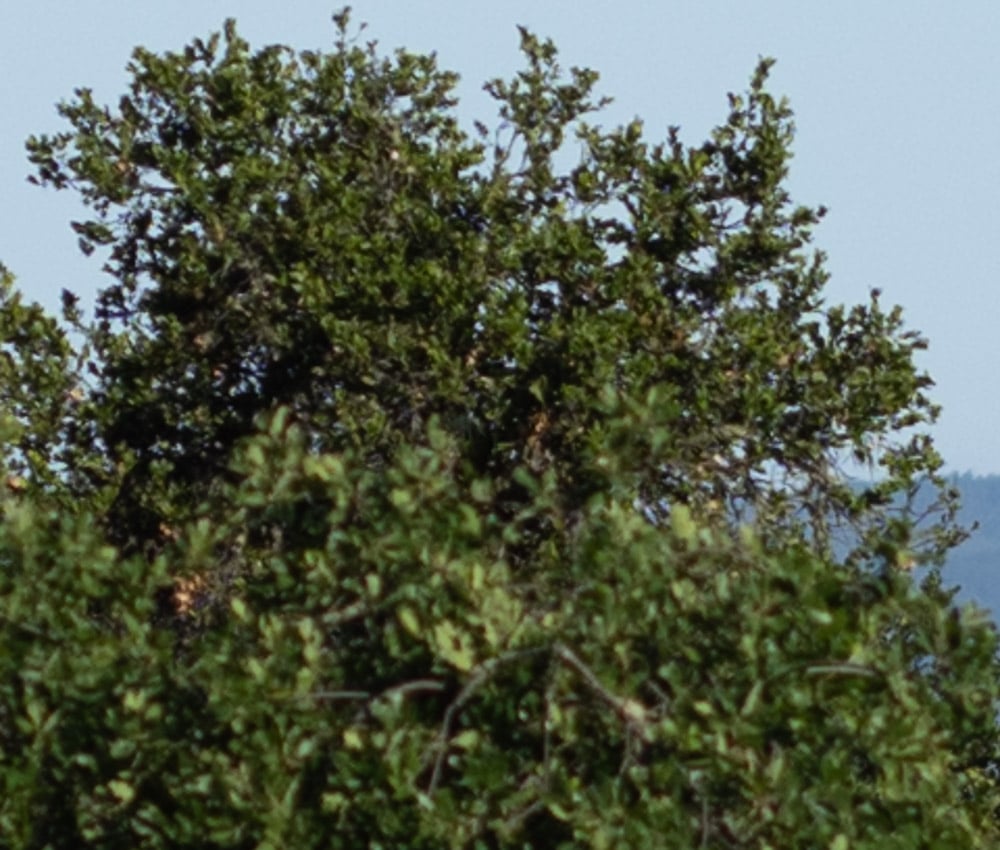
Both lenses are substantially sharper at this stop. The bigger sensor means that the GFX 100S has more detail. If anything, the OOF foreground appears to me to be a bit blurrier with the Sony than with the GFX. Part of that may be sure to not using perfectly equivalent f-stops, and part may be due to small focusing errors.
Stopping down another stop, which gives an 12 um CoC by the DOF calculator:
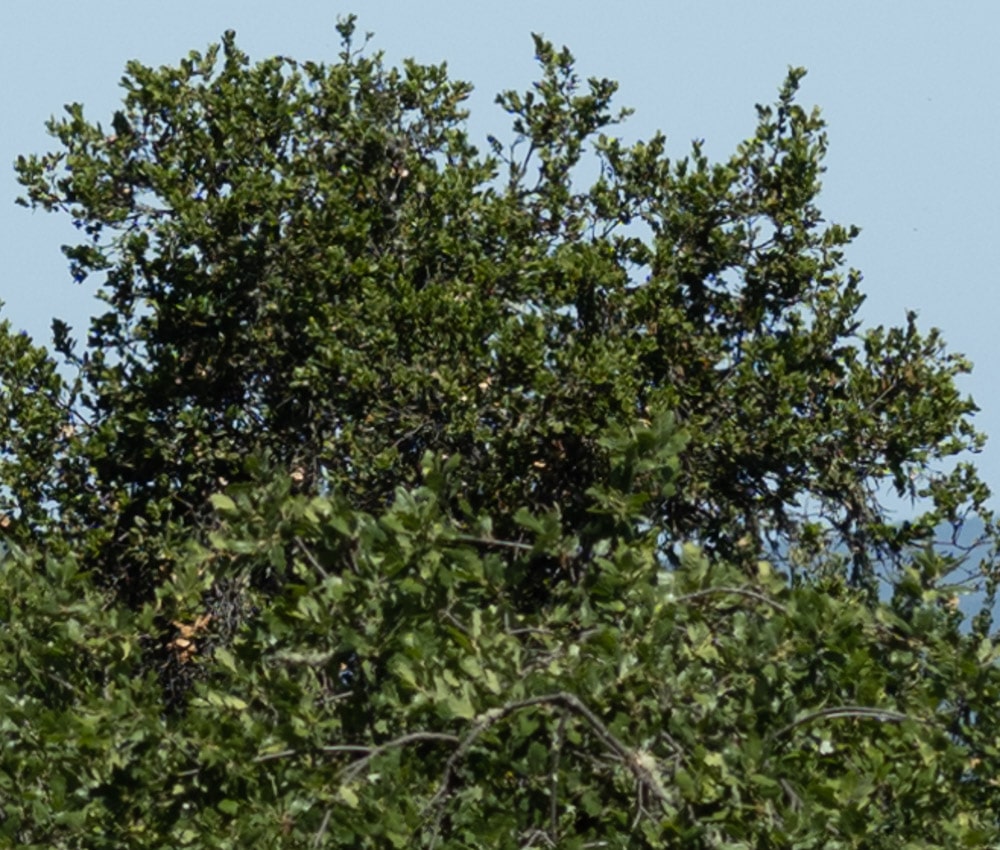
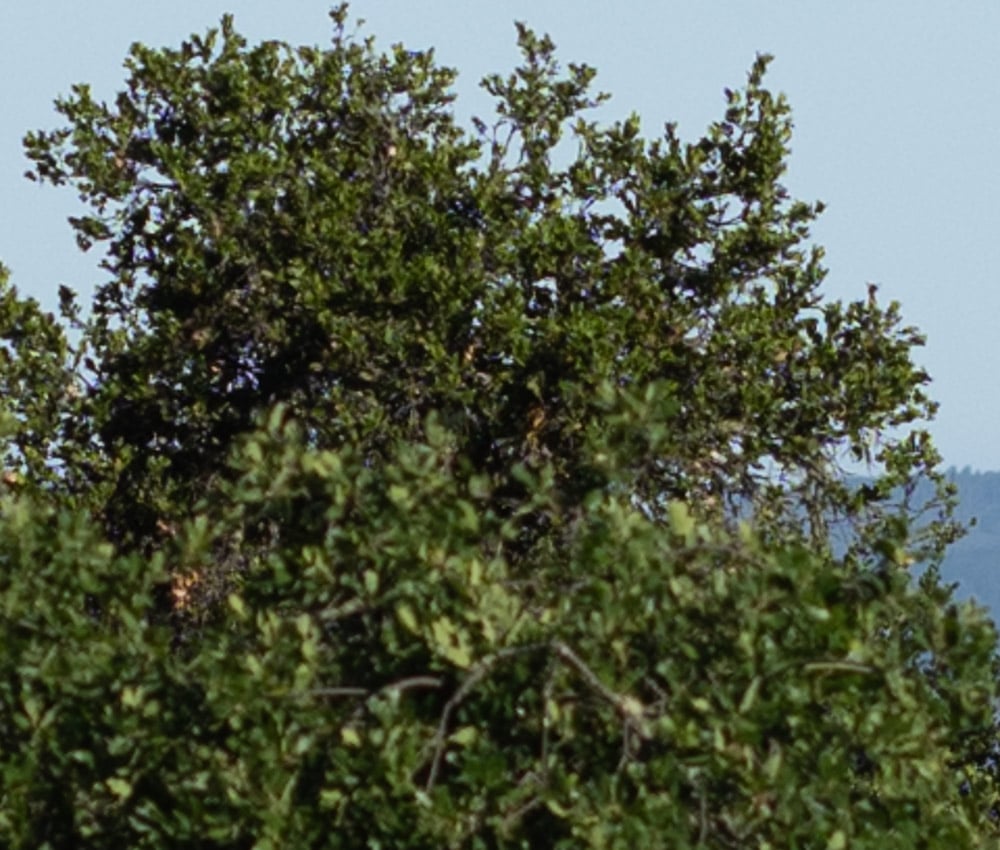
Again, the OOF parts of the FF image appears to be slightly blurrier.
Stopping down yet another stop, which gives an 8 um CoC by the DOF calculator:
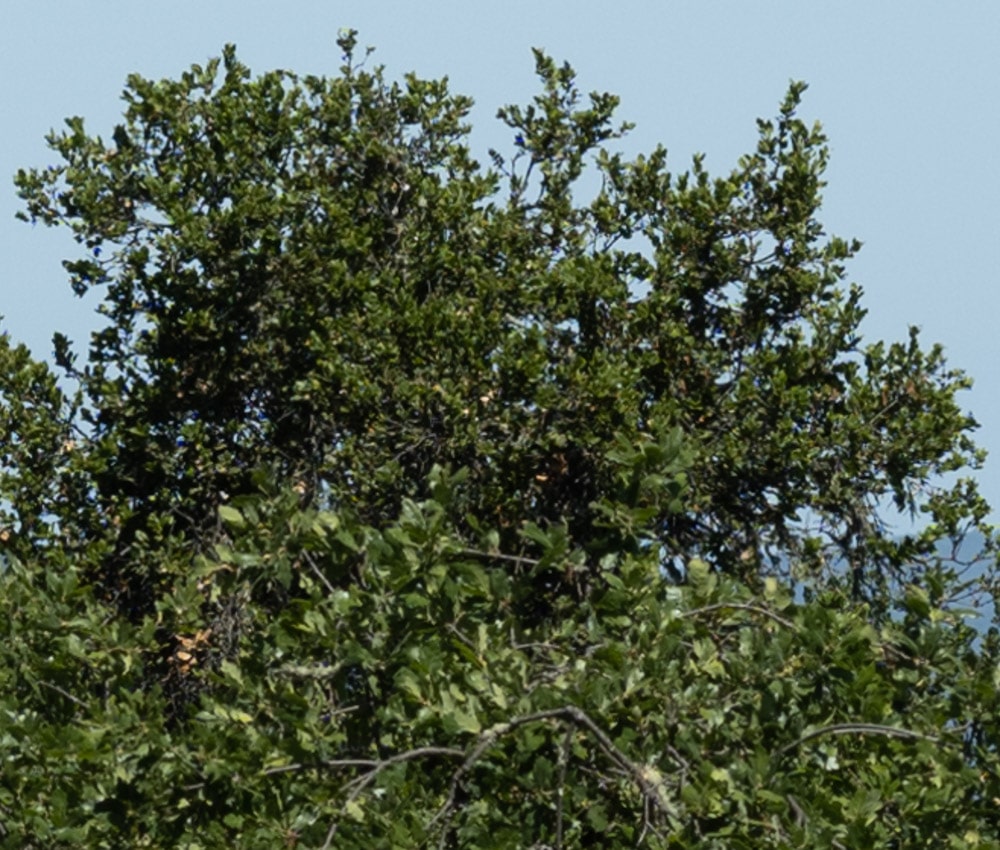

Again, the FF camera produces the blurrier foreground image.
Now with a 6 or 7 um CoC:
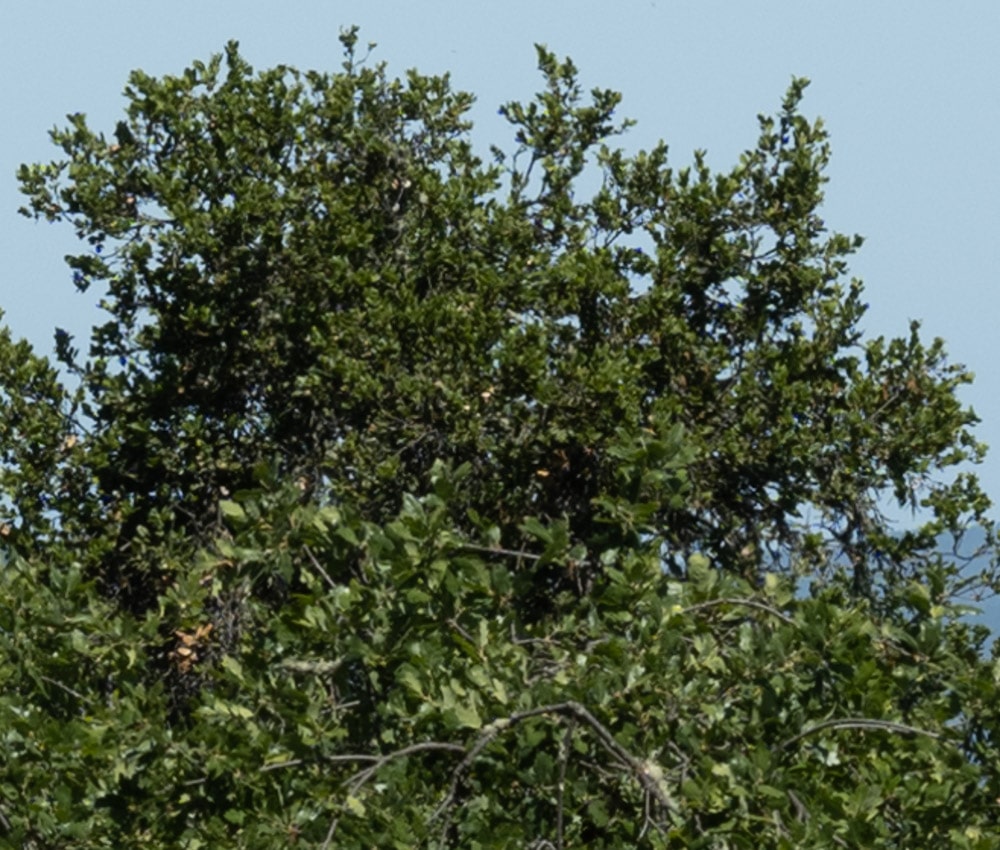
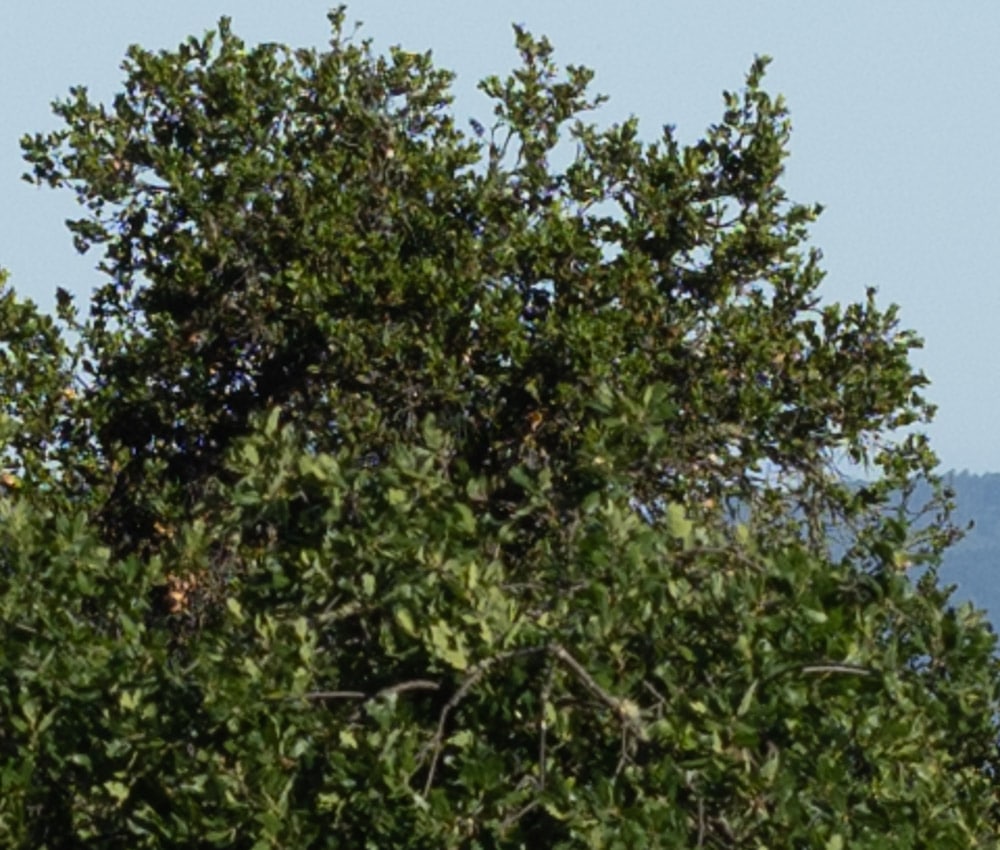
The FF image is overall slightly blurrier. Other than that, I see little difference.
And finally, with a calculated CoC of about 4 um, which is pretty much the pixel pitch of both cameras.
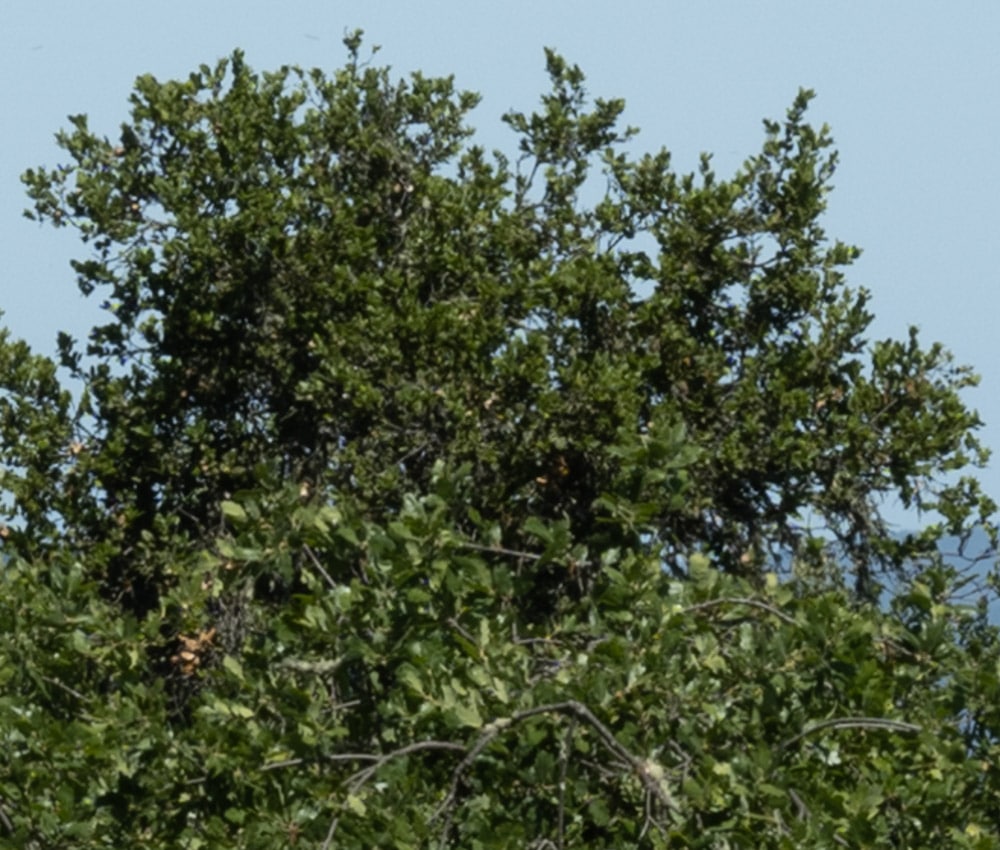
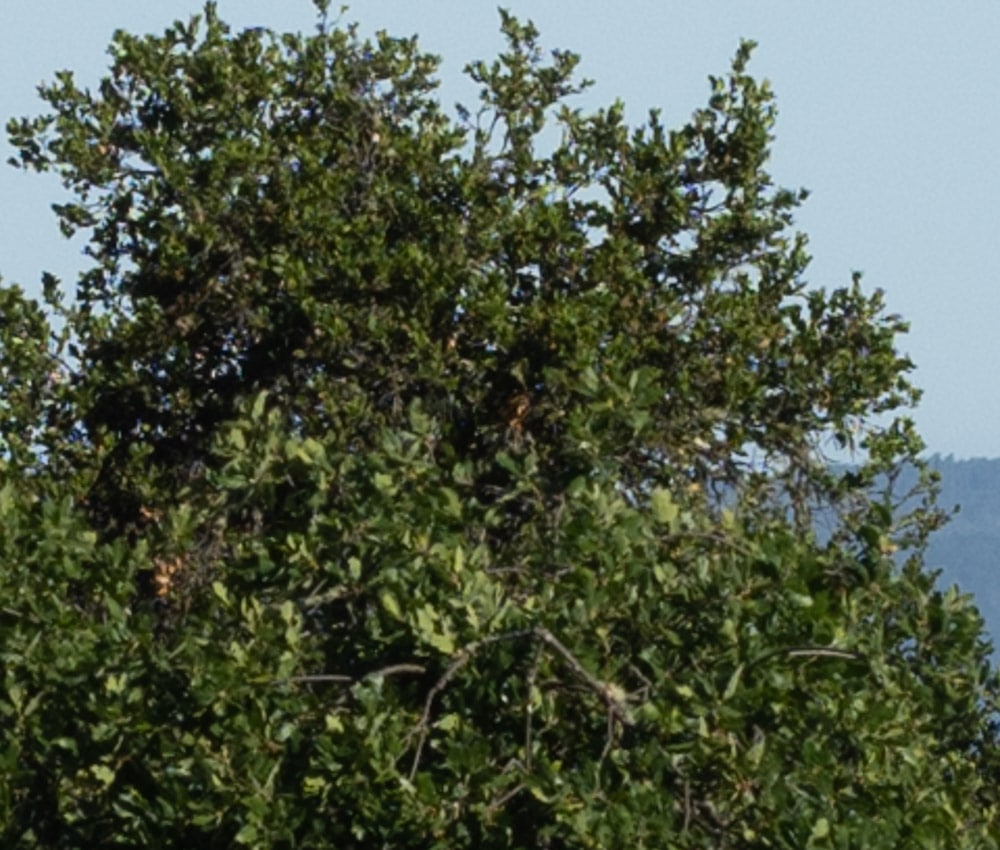
The FF image is overall slightly blurrier. Other than that, I see little difference.
Some DoF calculators allow you to set the CoC manually. This one for example: https://play.google.com/store/apps/details?id=jds.dofcalc
However, I set up a 55mm lens, f/8, focus distance of 100m and a CoC of 0.004mm and it gave me a range from 8.641m to infinity, with a hyperfocal distance of 9.508m. It doesn’t have a preset for the Sony a7r IV, but it sets the a900 at 0.03mm by default.
Mike.
I used this one:
https://www.dofmaster.com/dofjs.html
I gives me a range of 48.6 meters to infinity with those 55mm lens settings.
your test shows what is expected. but I really think it is time for science to step in and investigate what causes some user to develop signs of denialism after they have bought a MF camera…..
My unscientific thought is that noticeable diffraction softening seems to set in sooner for GF lenses versus my s-line Nikkor, so that 0.95 stop difference to achieve equivalence often crosses a tipping point that diminishes the advantage of the larger sensor. I think equivalence is a great concept for mitigating system DOF differences from wide open until f/8. After that, it is not the dominant aspect.
Equivalence also applies to diffraction.
http://www.josephjamesphotography.com/equivalence/
I just curious, isn’t GFX sensor has approximately 0.79 factor in terms of f-stop. (About 2/3 stops)
E.g FF f2 will be approximately equivalent to GFX sensor f2.5 and FF f1.4 equivalent to GFX f1.7?
I compare the two formats in terms of same picture height for landscape orientation. Then the correction is 24/33, or 0.73. One stop would be 0.71. Close enough for me.
As you know, the a7R4 and GFX have 3:2 and 4:3, sensors respectively. So, why chose “picture height” rather than “picture diagonal,” when the sensors being compared have different aspect ratios? Everything else I’ve read on CoC v. format has used diagonal measurements, so I’m quite curious as to your thinking.
Btw, thank you for this site and your contributions elsewhere. They have been most instructive!
It’s personal. I don’t like 3:2 pictures as well as 4:3, 5:4, or 1:1 ones.